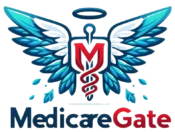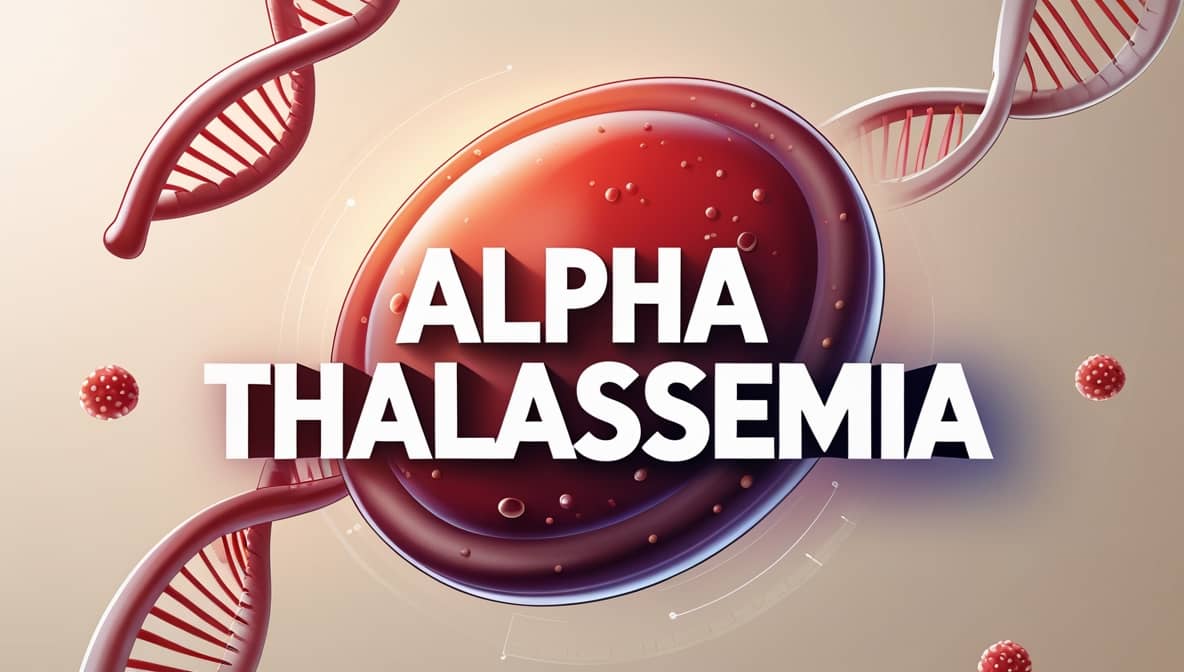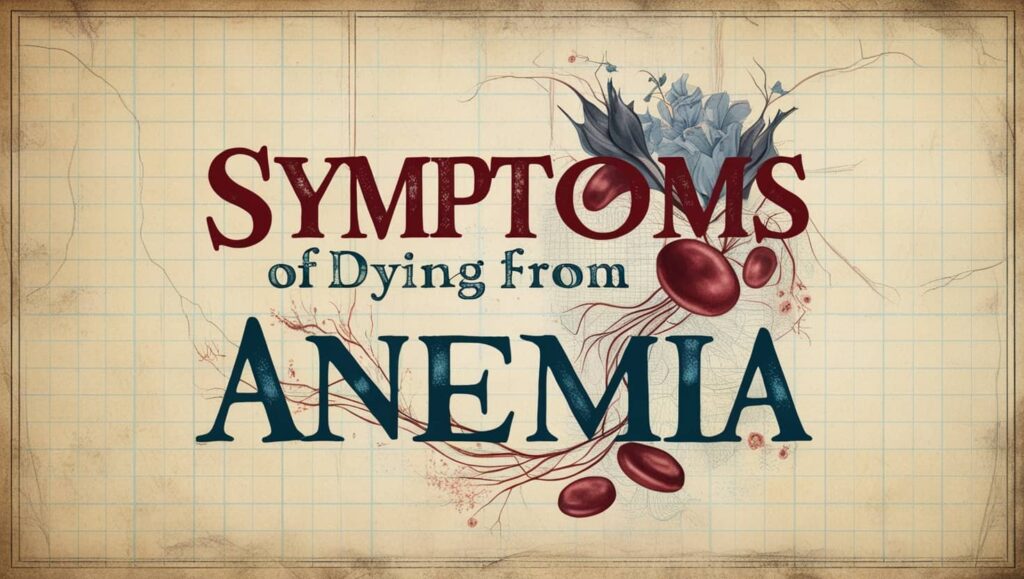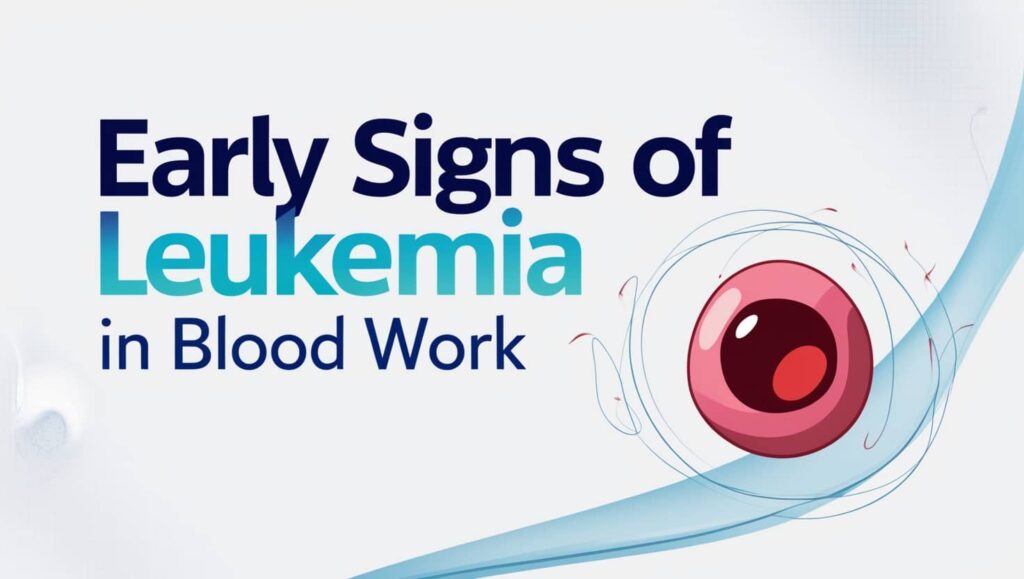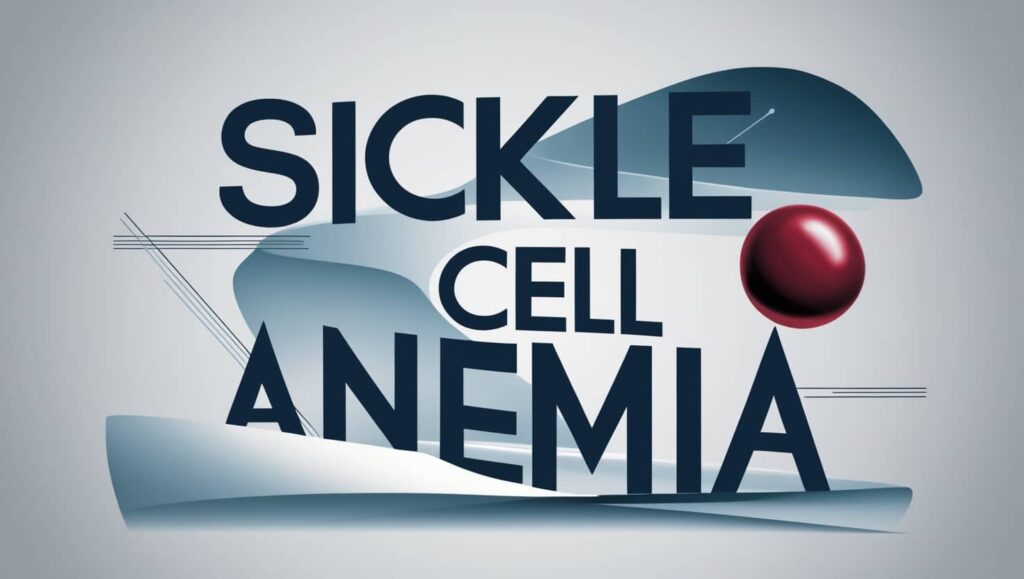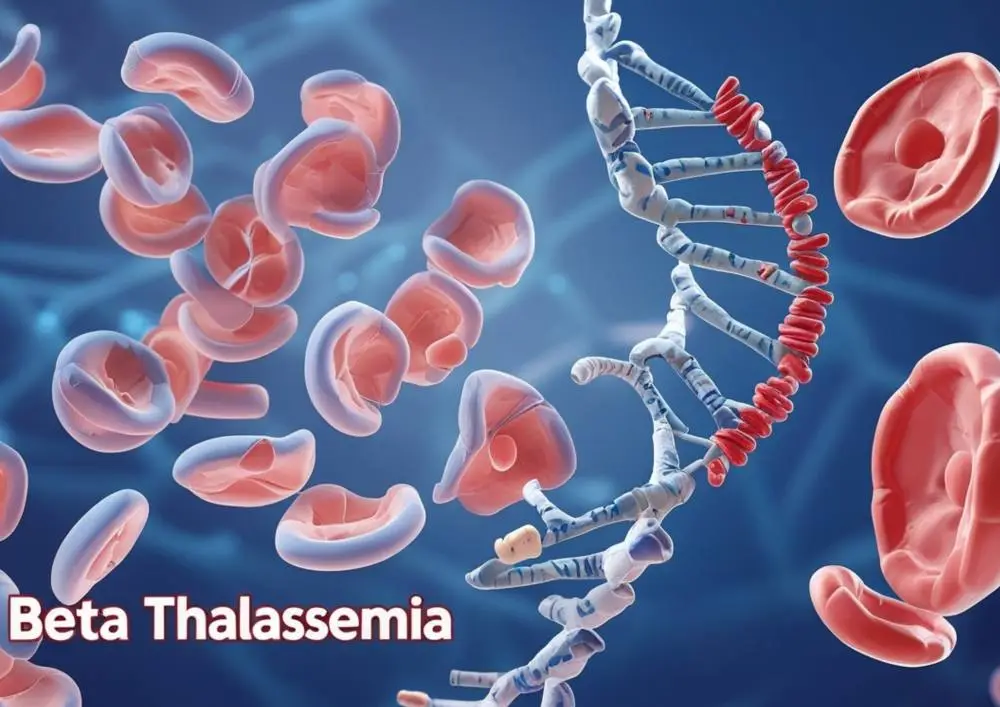Alpha thalassemia is a hematological condition that decreases hemoglobin production. Hemoglobin is the molecule in red blood cells responsible for transporting oxygen to various parts of the body.
For those who exhibit the typical symptoms of thalassemia, the decreased hemoglobin levels hinder the delivery of sufficient oxygen to the body’s tissues. Those affected also experience a deficiency in red blood cells (anemia), which can lead to symptoms such as pale skin, weakness, fatigue, and potentially more severe complications.
What is Alpha Thalassemia?
Thalassemia refers to a collection of inherited disorders that impact hemoglobin “a component in the blood”.
Hemoglobin on red blood cells have a target to transport oxygen throughout the body.
In individuals with thalassemia, a portion of their hemoglobin does not function correctly. This can result in significant anemia (feeling fatigued, experiencing shortness of breath, and having a pale complexion).
It predominantly affects individuals of Mediterranean, South Asian, Southeast Asian, and Middle Eastern descent.
Various forms of thalassemia exist, which can be categorized into alpha and beta thalassemia.
Types of Alpha Thalassemia
Alpha thalassemia occurs when one or more of the four alpha-globin genes, which are components of the hemoglobin molecule, are absent or impaired.
There are four classifications of alpha thalassemia: –
1. Alpha Thalassemia Silent Carrier
One gene is absent or impaired, while the remaining three are in good state. Blood tests may show normal results, although your red blood cells might be smaller than usual. Being a silent carrier means you won’t exhibit any symptoms of the disorder, but you are capable of passing on the faulty gene to your offspring. This can be confirmed through DNA testing.
2. Alpha Thalassemia Carrier
Two genes are absent. This may result in mild anemia.
3. Hemoglobin H Disease
Three genes are missing, leaving only one functioning gene. This may lead to moderate to severe anemia, with symptoms potentially worsening during fever episodes. They may also intensify due to exposure to specific medications, chemicals, or infectious agents. Blood transfusions are often required, and there is an increased risk of having a child with alpha thalassemia major.
4. Alpha Thalassemia Major
All four genes are absent. This results in severe anemia, and in most instances, an infant with this condition will not survive to birth.
Related — Hemolytic Anemia | Causes, Symptoms, and Treatments
Symptoms of Alpha Thalassemia
People can experience varying symptoms depending on the specific form of alpha thalassemia inherited.
Hemoglobin H disease and alpha thalassemia major are the only two variants of the condition that lead to severe anemia. Manifestations include:
-
- Extreme fatigue
- Pale complexion
- Difficulty breathing
- An elevated heart rate
- Yellowing of the skin and eyes (jaundice)
- Irritability or mood swings
- Delayed growth
- Alterations in the structural appearance of the facial and cranial bones
Children diagnosed with hemoglobin H disease or alpha thalassemia major may accumulate excess iron in their bodies.
An overload of iron can harm the heart, liver, and endocrine system. As time goes on, these children may encounter additional serious health issues, such as skeletal deformities, gallstones, spleen enlargement, infections, and damage to the pancreas and endocrine system, potentially resulting in diabetes.
In the case of alpha thalassemia major, infants often do not survive to birth.
Related — Symptoms of Dying From Anemia
Diagnosis of Alpha Thalassemia
Alpha thalassemia can be diagnosed by using a mix of genetic assessments, blood tests, and clinical evaluations. The methods of diagnosis are adjusted based on clinical suspicion due to the range of symptoms, which can vary from mild to severe, particularly in cases of microcytic anemia not related to iron deficiency.
Steps for Diagnosing Alpha Thalassemia
1. Clinical Assessment
a. History
-
- A family history of anemia or thalassemia
- Ethnic background (commonly found in groups from Africa, the Middle East, and Southeast Asia).
b. Signs and symptoms
-
- Mild: usually asymptomatic
- Moderate: symptoms include splenomegaly, fatigue, and pallor (linked to HbH disease)
- Severe: Hydrops fetalis can occur in utero
2. Preliminary Laboratory Examinations
a. CBC, or complete blood count
-
- low microcytosis (MCV).
- MCH is low (hypochromia).
- moderate to mild anemia.
- Hemoglobin levels are normal or slightly below normal.
b. Peripheral Blood Smears
-
- Hypochromia and microcytosis.
- target cells.
- Stippling that is basophilic.
- Supravital staining is used to visualize Heinz bodies in HbH illness.
c. Iron Studies
-
- Ferritin and serum iron levels are normal or high.
- Aids in ruling out iron deficiency anemia.
3. HPLC, or Hemoglobin Electrophoresis
Typically, the alpha thalassemia trait is normal.
HbH illness can be identified by the detection of:
-
- Hemoglobin H (β4) is detected.
- may display 5–30% HbH.
Alpha thalassemia trait cannot be reliably detected by electrophoresis; normal results do not rule it out.
4. DNA Analysis as the Final Test
Alpha-Globin Gene Testing
Identifies mutations or deletions in the HBA1 and HBA2 alpha-globin genes.
Able to recognize:
-
- Silent carriers (1 gene deletion).
- Alpha thalassemia trait (2 deletions).
- HbH disease (3 deletions).
- Hb Bart’s (4 deletions).
Vital for prenatal diagnostics and genetic counseling.
5. Prenatal Diagnosis (in case both parents carry the gene)
-
- A sample of chorionic villus (CVS) between weeks 10 and 12 is surely recommended.
- Amniocentesis between weeks 15 and 18 can indeed detect the disease genes.
To determine the risk of Hb Bart’s hydrops fetalis, look for deletion patterns in the fetal DNA.
Related — Everything You Should Know About Iron Deficiency Test
Treatment of Alpha Thalassemia
Treatment of alpha thalassemia differs depending on how severe the condition is, which is determined by how many of the four alpha-globin genes are impacted. Alpha thalassemia’s various forms are as follows:
1. Mild or Asymptomatic Instances
-
- Require no treatment: Silent carriers, or those with alpha thalassemia minor, rarely require treatment, although they will suffer from moderate anemia for the rest of their lives.
- Folic acid supplement: A doctor may offer a folic acid supplement to assist the body in producing red blood cells.
- Avoid iron supplements: Do not take iron supplements unless specifically prescribed by a healthcare professional; otherwise, iron overload can be dangerous.
2. Mild to Severe Instances
-
- Blood transfusions: It is the primary treatment for severe anemia, supplying healthy red blood cells to keep hemoglobin levels stable. Basically, patients may require transfusions on a regular basis, such as every 2-4 weeks.
- Iron chelation therapy: Because repeated blood transfusions can produce iron overload, chelation therapy is frequently used to eliminate extra iron from the body.
- Stem cell transplantation: The only known solution is stem cell (bone marrow) transplantation, which is a high-risk operation reserved for severe cases.
- Gene therapy: Newer treatments, such as gene therapy and clinical trials, are under investigation as potential cures.
3. Overall Health and Lifestyle Management
-
- A healthy diet: healthy meals are crucial. A healthcare practitioner may advise you on the intake of iron-rich meals.
- Stay hydrated: Drink plenty of liquids.
- Avoid infection: Maintain proper hygiene, such as frequent hand washing, besides keep up to date on all recommended vaccinations.
- Regular exercise: Follow your healthcare team’s recommendations for physical activity.
- Bone health: Consume enough calcium and vitamin D to keep your bones healthy.
Related — Medications for Anemia and Nutritional Treatments
Reference
- Harewood, J., & Azevedo, A. M. (2023, September 4). Alpha Thalassemia (Hemoglobin H Disease). Retrieved from the NIH
- MedlinePlus. (2022, December 2). Alpha thalassemia: MedlinePlus Genetics. Retrieved from MedlinePlus
- NHS. (2022, October 17). Overview – Thalassaemia. Retrieved from the NHS
- National Heart, Lung, and Blood Institute. (2022, June 1). Thalassemia – Treatment | NHLBI, NIH.
